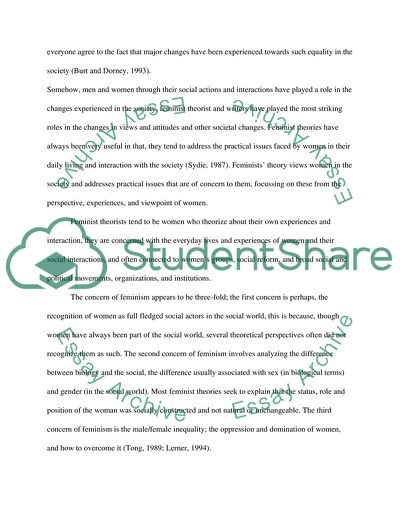Cite this document
(“The Position of the Modern Woman Essay Example | Topics and Well Written Essays - 1500 words”, n.d.)
Retrieved from https://studentshare.org/social-science/1536658-critically-examine-how-far-different-feminist-explainations-accurately-reflect-the-position-of-women-in-modern-society
Retrieved from https://studentshare.org/social-science/1536658-critically-examine-how-far-different-feminist-explainations-accurately-reflect-the-position-of-women-in-modern-society
(The Position of the Modern Woman Essay Example | Topics and Well Written Essays - 1500 Words)
https://studentshare.org/social-science/1536658-critically-examine-how-far-different-feminist-explainations-accurately-reflect-the-position-of-women-in-modern-society.
https://studentshare.org/social-science/1536658-critically-examine-how-far-different-feminist-explainations-accurately-reflect-the-position-of-women-in-modern-society.
“The Position of the Modern Woman Essay Example | Topics and Well Written Essays - 1500 Words”, n.d. https://studentshare.org/social-science/1536658-critically-examine-how-far-different-feminist-explainations-accurately-reflect-the-position-of-women-in-modern-society.


